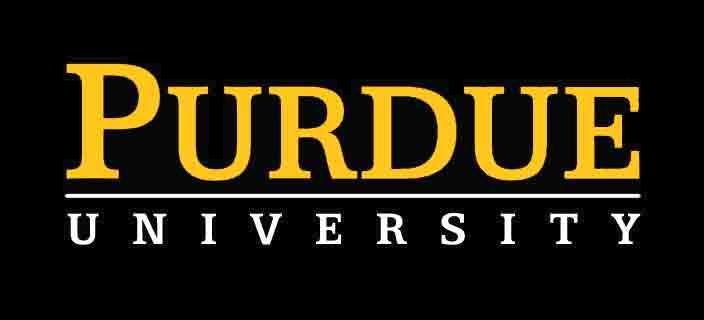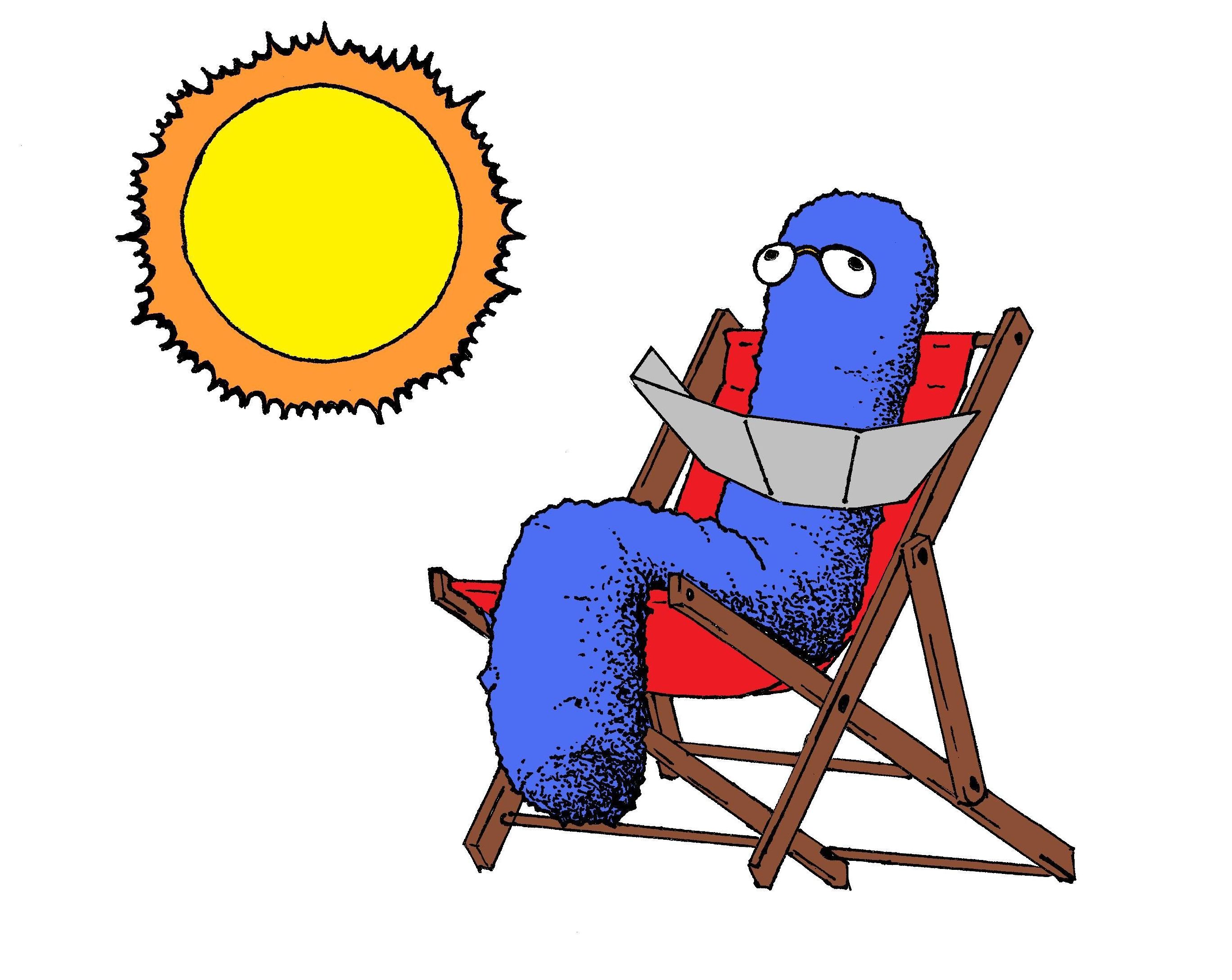Team:Purdue
From 2008.igem.org
(Difference between revisions)
| Line 1: | Line 1: | ||
| - | [[Image:PUblack.jpg| | + | [[Image:PUblack.jpg|500px|center]] |
{|align="center" | {|align="center" | ||
| | | | ||
|- | |- | ||
| - | |This is the third year of competition for the Purdue University iGEM Team. For those of you unfamiliar with Purdue, it is a large land-grant school in West Lafayette, IN (halfway between Indianapolis and Chicago). Purdue is famous for its School of Engineering, so (not surprisingly) our team is 3/4 engineers! We have 4 undergraduate students, a graduate advisor, and two professors. Outside of iGEM, the Purdue team is also affiliated with the Institute of Biological Engineering (IBE). We are extremely excited about this year's project! | + | |This is the third year of competition for the Purdue University iGEM Team. For those of you unfamiliar with Purdue, it is a large land-grant school in West Lafayette, IN (halfway between Indianapolis and Chicago...Go Colts!). Purdue is famous for its School of Engineering, so (not surprisingly) our team is 3/4 engineers! We have 4 undergraduate students, a graduate advisor, and two professors. Outside of iGEM, the Purdue team is also affiliated with the Institute of Biological Engineering (IBE). We are extremely excited about this year's project! |
|- | |- | ||
| | | | ||
Latest revision as of 18:11, 9 October 2008
| This is the third year of competition for the Purdue University iGEM Team. For those of you unfamiliar with Purdue, it is a large land-grant school in West Lafayette, IN (halfway between Indianapolis and Chicago...Go Colts!). Purdue is famous for its School of Engineering, so (not surprisingly) our team is 3/4 engineers! We have 4 undergraduate students, a graduate advisor, and two professors. Outside of iGEM, the Purdue team is also affiliated with the Institute of Biological Engineering (IBE). We are extremely excited about this year's project! | |
|
Purdue's project this year is creating a biosensor for UV radiation. Essentially, we are combining the SOS pathway promoter with a lacZ gene. This will lead to transcription of lacZ whenever the bacterial DNA undergoes significant damage. By plating these bacteria on X-gal plates, a blue color will be an indicator of intense UV irradiation. To read more, click on the links below! | |
| Home | The Team | The Project | Parts Submitted to the Registry | Modeling | Notebook | Tools and References |
|---|
 "
"

